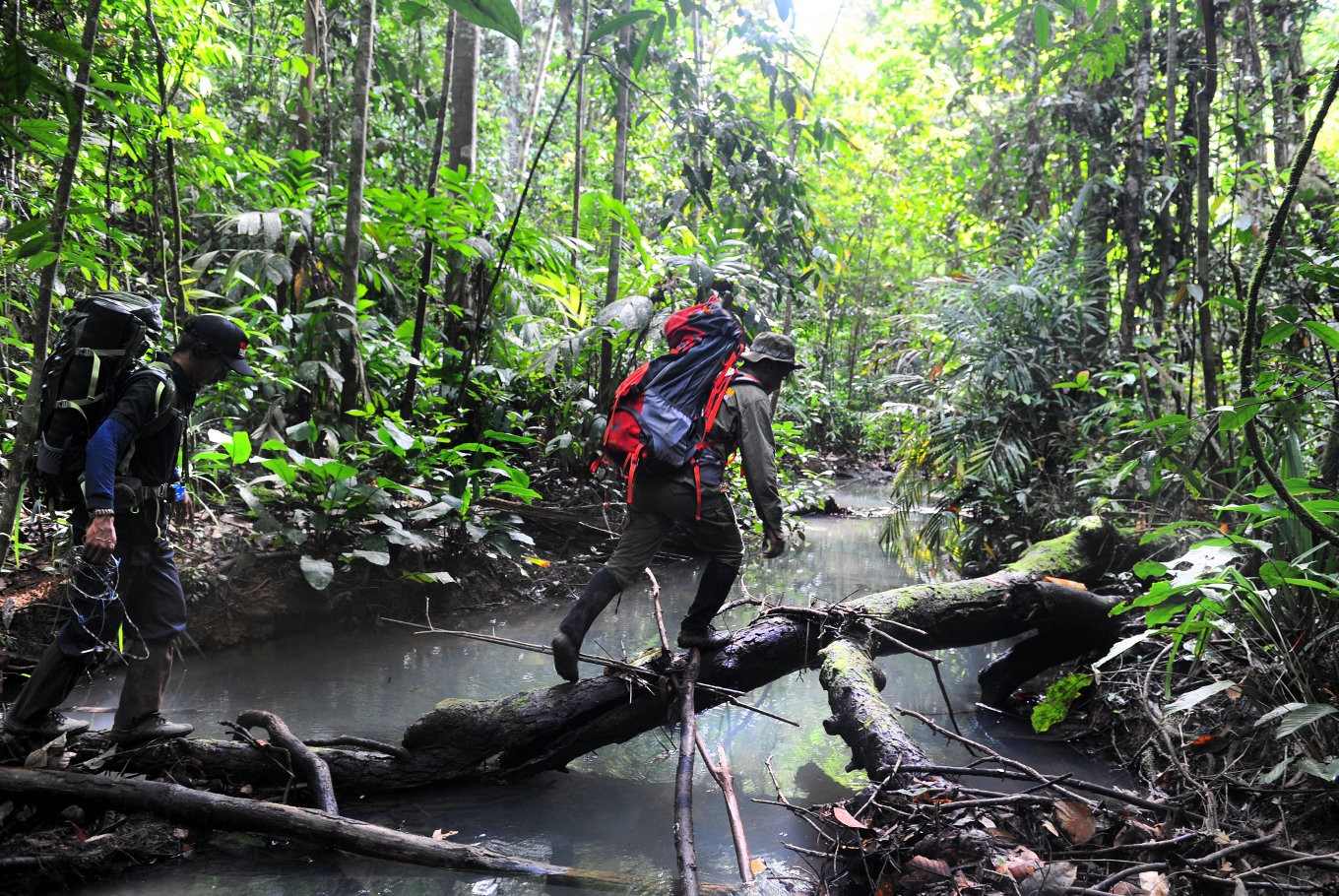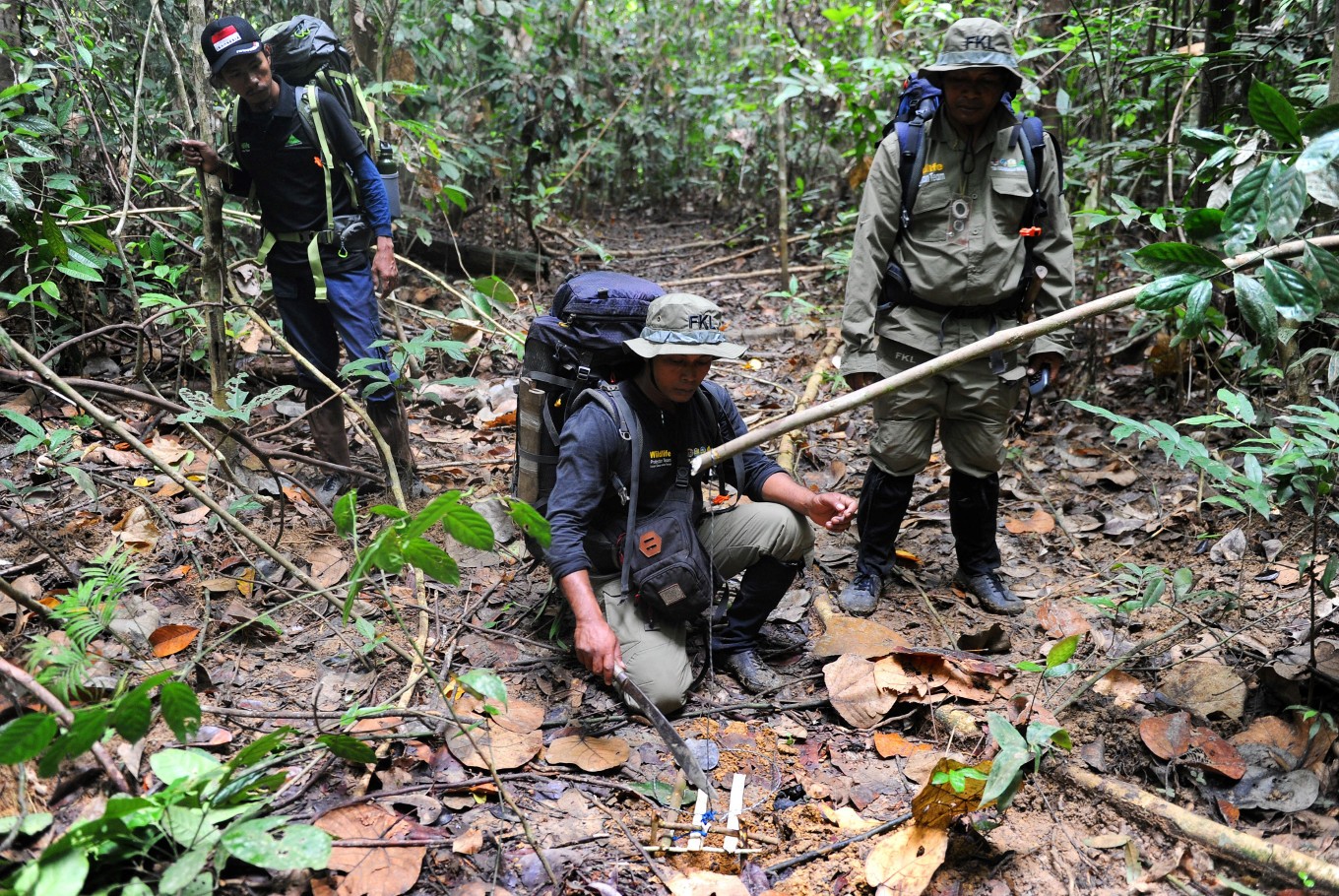In the depths of Indonesia's dense Leuser rainforest, a group of rangers are searching for traps set by poachers which are endangering rare wildlife.
Scientists and conservationists consider the Leuser Ecosystem, which falls mostly within Aceh province on Sumatra island, to be among the most important forests left in Southeast Asia.
The Leuser ecosystem, which straddles the northern half of the island of Sumatra, covers nearly 2.6 million hectares (10,038 square miles) within Aceh (a special, semi-autonomous territory) and the province of North Sumatra. Encompassing two mountain ranges, three lakes, nine river systems and three national parks, its ecological value cannot be understated.

Here live an estimated 10,000 species of plant and 200 species of mammal — dozens found nowhere else on earth. Of the mere 6,000 orangutans left in Sumatra, an estimated 90 percent live within the Leuser ecosystem.
It is the last place of sufficient size and quality to support viable populations of rare species like orangutans, Sumatran tigers, rhinoceroses, elephants, clouded leopards and sun bears.
In 2015 hundreds of traps were confiscated monthly in Leuser but now fewer than 10 are found every month, according to local conservation NGO Forum Conservation Leuser.
"The rangers are trained to track signs indicating that there were poachers in the area, such as by looking for cigarette ends or footsteps," said Rudi Putra, head of the forum.

Some traps are designed to snare animals' feet. Others consist of spears set high up in trees, which would fall when a trap is sprung.
The rangers also watch for signs of deforestation such as illegal logging, and collect data from the forest for further research.
Poachers typically set up traps to capture elephants, tigers, and bears so they can sell them illegally and make money.
Source: AFP | The Straits Times | Mongabay


















